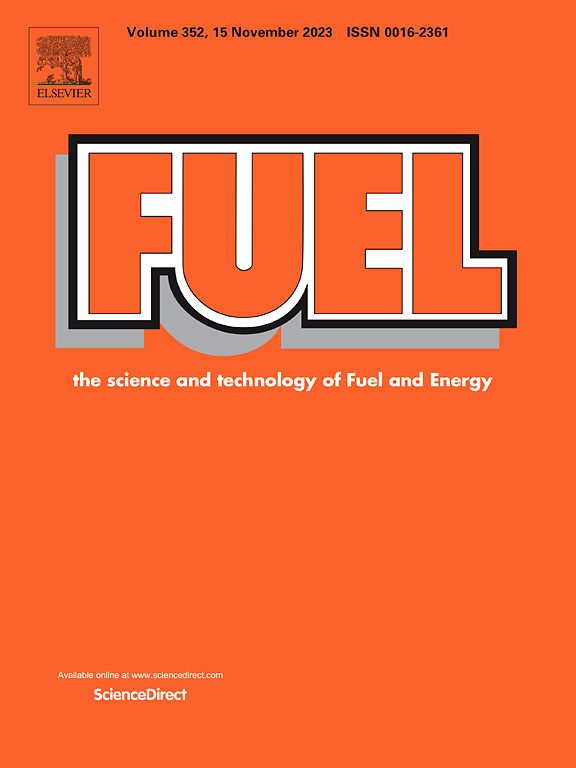Evolution of learning curve and white box machine learning models for estimating in-situ stresses based on velocity-stress relationship
IF 7.5
1区 工程技术
Q2 ENERGY & FUELS
引用次数: 0
Abstract
Reliable estimation of in-situ stresses has recently been demonstrated using an integrated deep learning/machine learning (DL/ML)-based workflow requiring training and validation using laboratory-based true triaxial ultrasonic velocity (TUV) experimental data representing ultrasonic velocities at various stress combinations. However, it remains to clarify how many TUV experiments must be performed in order to effectively and efficiently train the model. This paper presents analysis of the learning curve of the model for different dataset sizes, thereby defining the smallest effective training dataset to develop reliable prediction models. The ML/DL models were developed using TUV data obtained using five different subsurface core samples from the Utah FORGE well 16B(78)–32. Velocities were measured for 93 stress combinations per sample. Initially, prediction performances of ML/DL models were compared using 20, 40, 60, 80 and 100 percent of the total dataset. Learning curve analysis demonstrated the improvement in prediction performance up to 80% of the dataset, indicating that a model with similar predictive capacity could have been developed with 20% fewer data points collected in the laboratory. Introducing a learning curve analysis early in a project can therefore lead to significant cost savings when applying a DL/ML approach to in-situ stress estimate based on velocity-stress relationships.

基于速度-应力关系估算地应力的学习曲线和白盒机器学习模型的演化
最近,基于集成深度学习/机器学习(DL/ML)的工作流程证明了可靠的地应力估计,需要使用基于实验室的真三轴超声速度(TUV)实验数据进行训练和验证,这些数据代表了各种应力组合下的超声速度。然而,为了有效和高效地训练模型,必须进行多少次TUV实验仍有待澄清。本文分析了模型在不同数据集大小下的学习曲线,从而定义最小的有效训练数据集来开发可靠的预测模型。ML/DL模型是根据犹他州FORGE井16B(78) -32的5个不同地下岩心样本获得的TUV数据建立的。每个样品测量了93种应力组合的速度。首先,使用总数据集的20%、40%、60%、80%和100%来比较ML/DL模型的预测性能。学习曲线分析表明,预测性能提高了80%的数据集,这表明在实验室中收集的数据点减少了20%,可以开发出具有类似预测能力的模型。因此,在项目早期引入学习曲线分析,在基于速度-应力关系的地应力估计中应用DL/ML方法时,可以显著节省成本。
本文章由计算机程序翻译,如有差异,请以英文原文为准。
求助全文
约1分钟内获得全文
求助全文
来源期刊

Fuel
工程技术-工程:化工
CiteScore
12.80
自引率
20.30%
发文量
3506
审稿时长
64 days
期刊介绍:
The exploration of energy sources remains a critical matter of study. For the past nine decades, fuel has consistently held the forefront in primary research efforts within the field of energy science. This area of investigation encompasses a wide range of subjects, with a particular emphasis on emerging concerns like environmental factors and pollution.
 求助内容:
求助内容: 应助结果提醒方式:
应助结果提醒方式:


